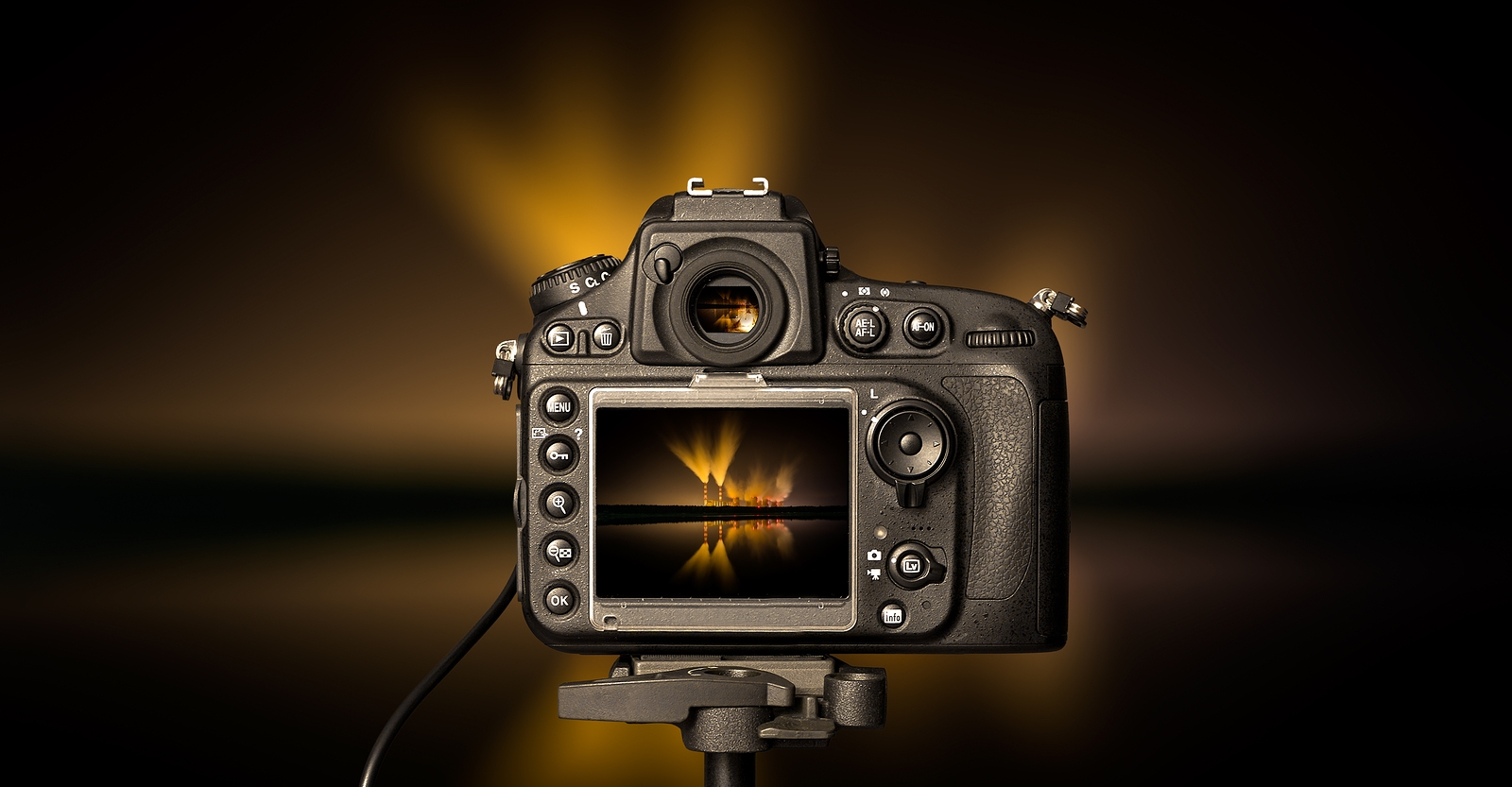This article over at Improve Photography will show you tricks you can use to create better quality images in low light conditions.
Many photographers are afraid of using high ISO as they think it will create more noise in their photos. That’s not always the case – in fact, sometimes using a lower ISO in night photography can give you a worse result.
STOP USING NOISE REDUCTION!
Noise reduction has improved significantly in Lightroom, Photoshop, and third party plugins over the last two or three years, but in my opinion, it’s still not good enough to use much without destroying the quality of a photo.
I rarely use more than the slightest amount of noise reduction. In my opinion, it should be used with great care or avoided entirely.
There is a better way, and it’s the blacks slider in Lightroom (or camera raw). Dropping the blacks kills the noise faster than noise reduction, and doesn’t hurt the sharpness of the image.
Not to mention, dropping the blacks also provides much better contrast and makes the night sky look more… nightish. It looks more like what we really see when we look into the sky—darkness sprinkled with stars.
STOP USING LONG EXPOSURE NOISE REDUCTION!
Long exposure noise reduction, in theory, is a magnificent technology. When it is activated in camera, the camera takes a normal exposure and then goes blank as it takes a second, invisible exposure that you never see.
Since the shutter never opens for the second exposure, it should be entirely black. But since the sensor is still producing heat, it will produce noise in the dark image. This noise pattern is then subtracted from the noise in the normal image.
For years I used long exposure noise reduction in my night photography on the insistince of photographers who told me it would cut down the noise in the photo.
Then, I tested it and found absolutely zero difference. So I stopped using it.
Shooting a photo with long exposure noise reduction and then processing the photo in Lightroom or Photoshop will yield no benefit.
Long exposure noise reduction is a valid method and can be helpful, but not unless you’re ready to adjust your workflow to incorporate a new piece of software. No thanks.
INCREASE YOUR ISO
Yes, it’s true that a higher ISO does indeed produce more noise in a photo. However, as I have shot with hundreds of photographers at our completely free photography workshops all over the world over the last year, I’ve found that too low of an ISO—not too high—is often the noise culprit.
Read the full article over at Improve Photography.
Source: Improve Photography


Long expensive noise reduction in camera? Hmm
Exposure
I really like your articles, however I don’t understand why we always have to click to several different pages and or websites to read it.